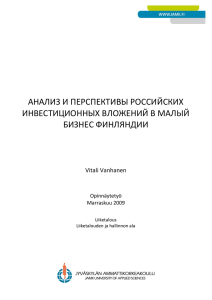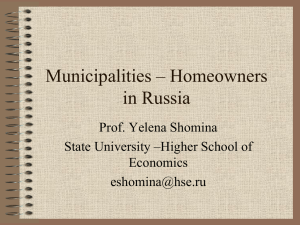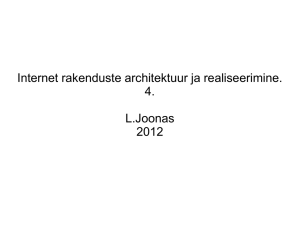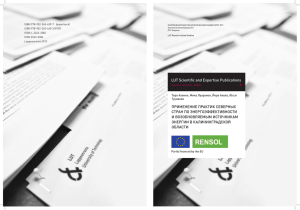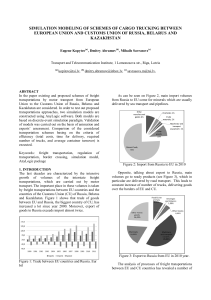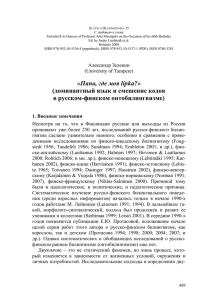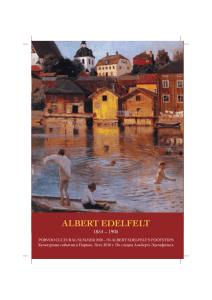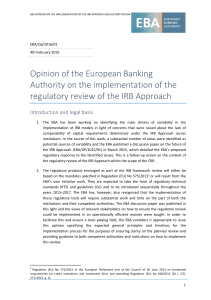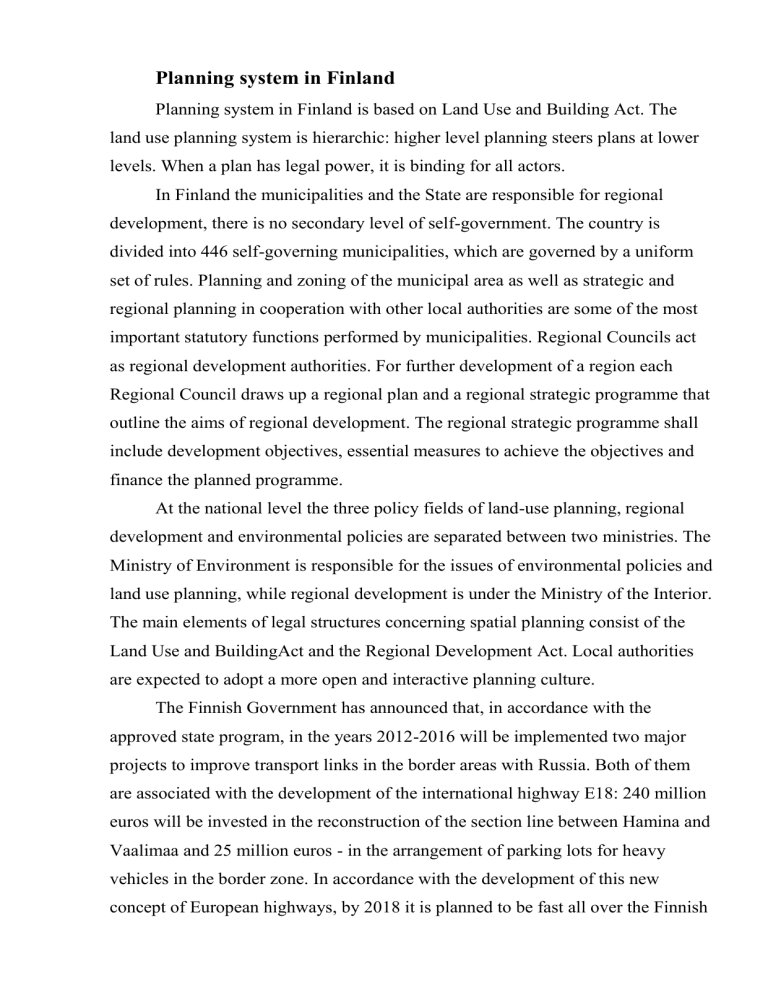
Planning system in Finland Planning system in Finland is based on Land Use and Building Act. The land use planning system is hierarchic: higher level planning steers plans at lower levels. When a plan has legal power, it is binding for all actors. In Finland the municipalities and the State are responsible for regional development, there is no secondary level of self-government. The country is divided into 446 self-governing municipalities, which are governed by a uniform set of rules. Planning and zoning of the municipal area as well as strategic and regional planning in cooperation with other local authorities are some of the most important statutory functions performed by municipalities. Regional Councils act as regional development authorities. For further development of a region each Regional Council draws up a regional plan and a regional strategic programme that outline the aims of regional development. The regional strategic programme shall include development objectives, essential measures to achieve the objectives and finance the planned programme. At the national level the three policy fields of land-use planning, regional development and environmental policies are separated between two ministries. The Ministry of Environment is responsible for the issues of environmental policies and land use planning, while regional development is under the Ministry of the Interior. The main elements of legal structures concerning spatial planning consist of the Land Use and BuildingAct and the Regional Development Act. Local authorities are expected to adopt a more open and interactive planning culture. The Finnish Government has announced that, in accordance with the approved state program, in the years 2012-2016 will be implemented two major projects to improve transport links in the border areas with Russia. Both of them are associated with the development of the international highway E18: 240 million euros will be invested in the reconstruction of the section line between Hamina and Vaalimaa and 25 million euros - in the arrangement of parking lots for heavy vehicles in the border zone. In accordance with the development of this new concept of European highways, by 2018 it is planned to be fast all over the Finnish site - from the Russian-Finnish border to the city of Turku. In the future, the E18 is planned to develop as an international transport corridor from St. Petersburg to Oslo.

